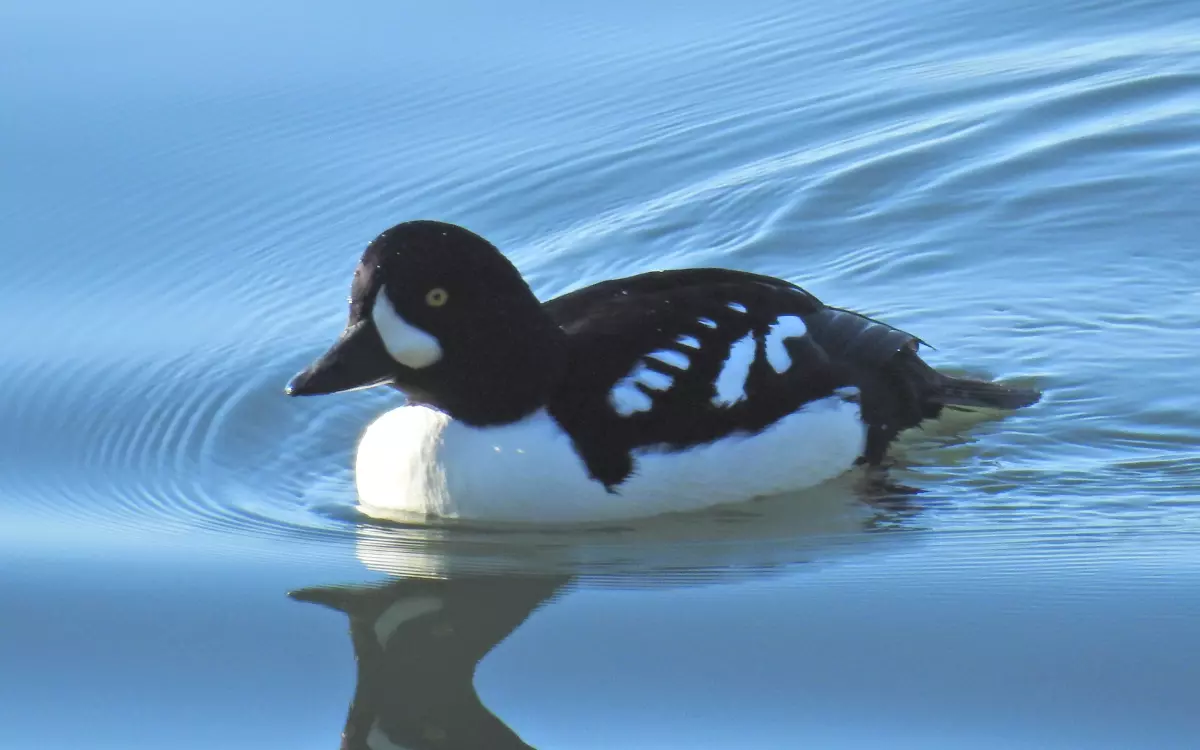14 Most Common Birds in Connecticut: Backyard & Wild Species
Connecticut is a birdwatcher’s delight. More than 400 bird species have been recorded across the state, but only a handful are truly familiar to residents. These are the birds you’ll see on your lawn, at your feeders, in city parks, or calling from neighborhood trees.
Some are year-round residents that stick it out through snowy winters. Others are seasonal visitors that bring color and song during spring and summer. By learning to recognize Connecticut’s most common birds, you’ll have a better appreciation of the wildlife that’s all around you often just outside your window.
Year-Round Common Birds in Connecticut
American Robin
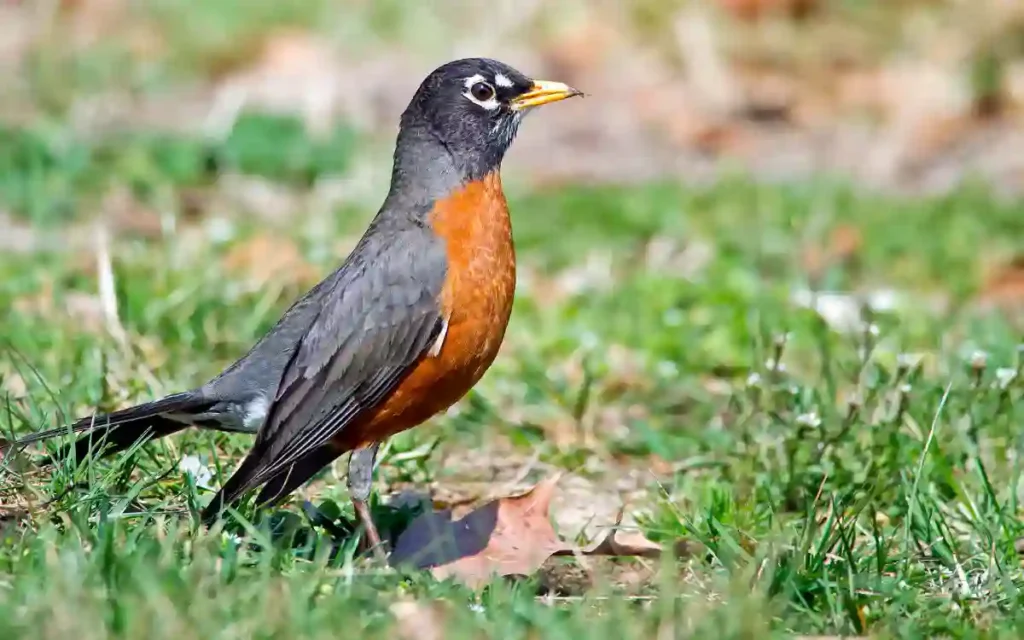
The American Robin is so common in Connecticut that it was named the state bird back in 1943. With its orange chest, gray back, and cheerful song, the robin is one of the first birds people notice in spring. These birds are found in yards, gardens, and fields, pulling earthworms from the ground. Although they’re often associated with spring, many robins remain in Connecticut year-round, switching from insects to berries in winter.
Black-capped Chickadee
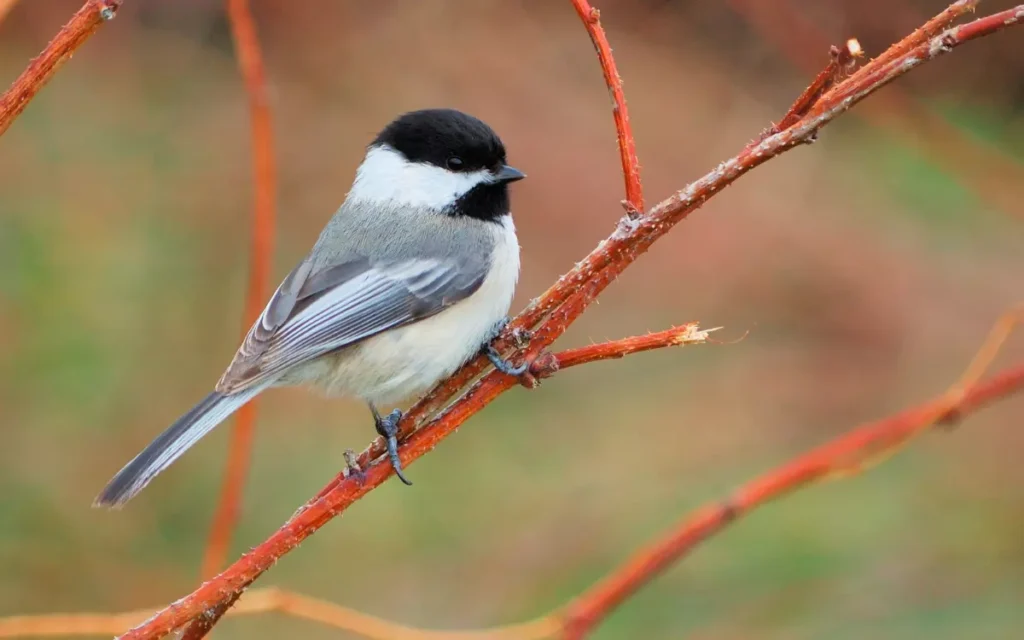
Small, curious, and friendly, the Black-capped Chickadee is a favorite among backyard birders. These tiny birds wear a black cap and bib with white cheeks, making them easy to identify. They visit feeders regularly, especially for sunflower seeds and suet, and are known for their distinctive “chick-a-dee-dee” call. Chickadees don’t migrate, so they can be seen in Connecticut in every season.
Northern Cardinal
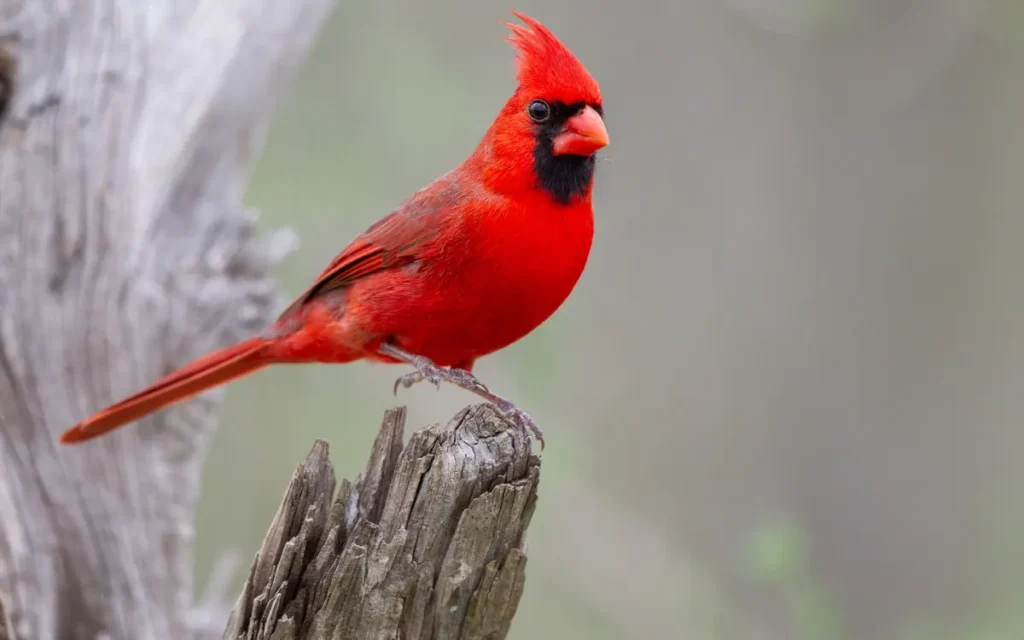
One of the most recognizable birds in the eastern U.S., the Northern Cardinal is common across Connecticut. Males are bright red with a crest on their head, while females are brown with reddish accents. Their rich whistles fill neighborhoods throughout the year, even in the depths of winter. Cardinals often visit backyard feeders, especially for sunflower seeds.
Blue Jay
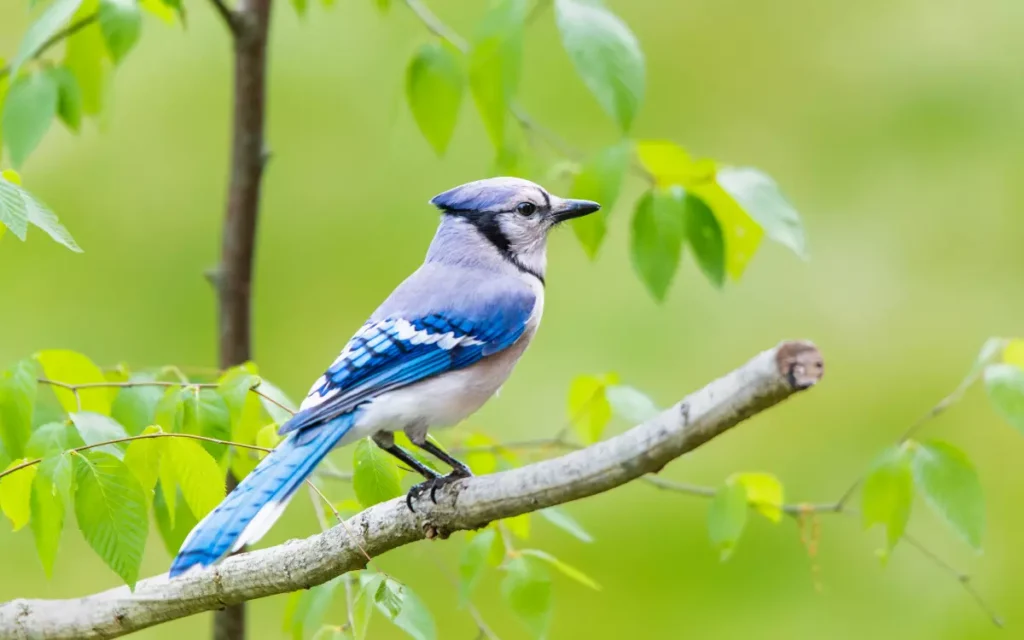
The Blue Jay is bold in both color and personality. With its bright blue feathers, black necklace, and noisy calls, it’s hard to miss. Blue Jays are common in woodlands, suburbs, and backyards throughout Connecticut. They are intelligent birds, often storing food for later use, and they play an important role in spreading acorns and other seeds.
American Crow
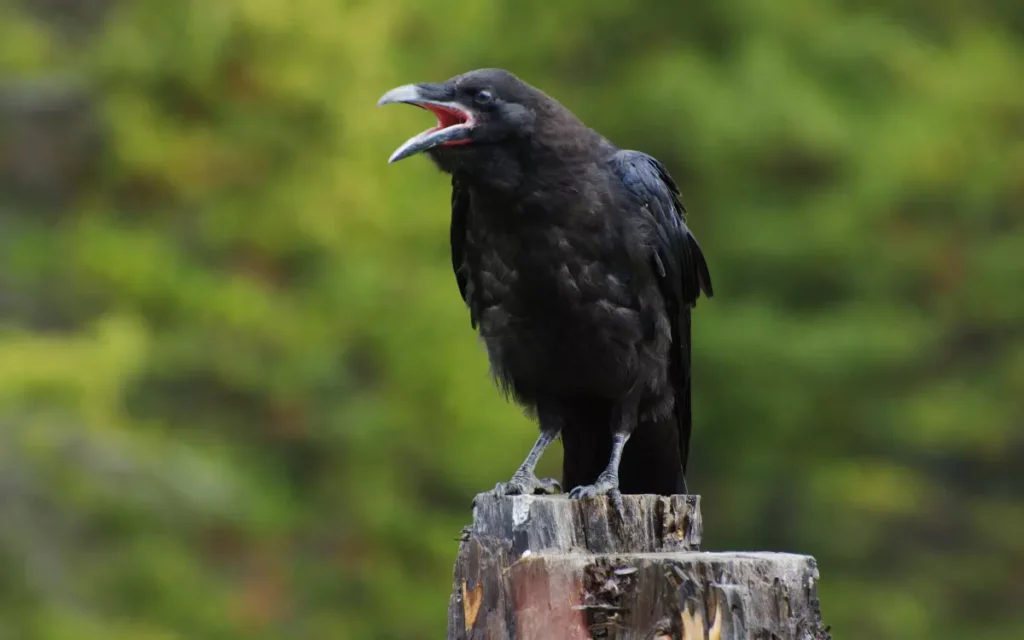
Crows are among the most adaptable birds in Connecticut. Large and entirely black, they thrive in cities, suburbs, farmland, and forests alike. Known for their intelligence, crows use tools, recognize human faces, and communicate with a wide variety of calls. They are year-round residents and often gather in large flocks during winter.
Common Feeder Birds
Tufted Titmouse

With its gray plumage and pointed crest, the Tufted Titmouse is a frequent feeder visitor. Its big, dark eyes give it a gentle expression, but its behavior is lively and bold. These small birds often join mixed flocks with chickadees and nuthatches, moving quickly between feeders and nearby trees. Their repeated “peter-peter-peter” call makes them easy to recognize.
American Goldfinch

Connecticut birdwatchers enjoy American Goldfinches year-round, though their appearance changes with the seasons. In summer, males are bright yellow with black wings and a black cap. In winter, both sexes turn a muted olive color. They are common in fields and backyards, especially where thistle and sunflower seeds are available. Goldfinches often gather in small flocks, adding cheerful chatter to gardens and feeders.
House Finch

House Finches are small brown-streaked birds with a musical song. Males often have red coloring on their head and chest, while females are plainer. Originally native to the western United States, they have become common across Connecticut. They thrive in suburban areas and frequently visit feeders, where they compete peacefully with goldfinches and sparrows.
Mourning Dove

With its soft cooing call, the Mourning Dove is a gentle presence in Connecticut backyards. Pale brown with black spots and long tails, they are often seen in pairs or small flocks on the ground beneath feeders. Their fast, whistling wingbeats are distinctive when they take flight. Mourning Doves are among the most widespread birds in North America and are common in both urban and rural areas of Connecticut.
Common Seasonal Visitors
Red winged Blackbird
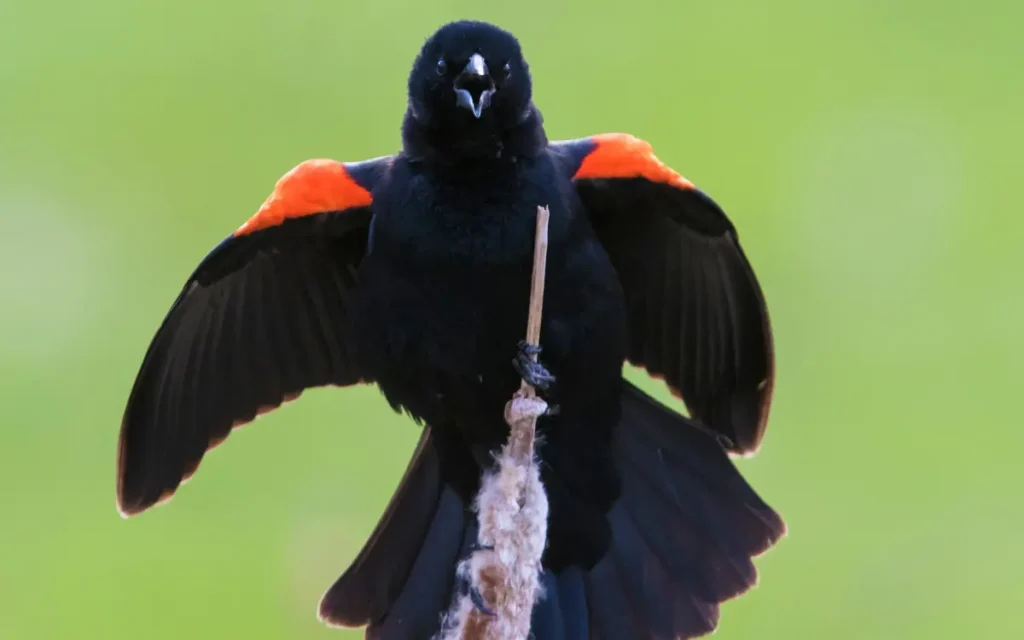
One of the earliest signs of spring in Connecticut is the arrival of Red-winged Blackbirds. Males are glossy black with bright red and yellow shoulder patches, which they display while singing their sharp “conk-la-ree” call. Females are streaky brown and less noticeable. These birds nest in wetlands and marshes but also visit fields and backyards during migration.
Gray Catbird

Named for its cat-like mewing call, the Gray Catbird is a sleek, slate-colored bird with a black cap and rusty undertail feathers. They are common in dense shrubs, gardens, and parks throughout Connecticut in spring and summer. Catbirds are part of the mimic thrush family and can copy the songs of other birds, often stringing together long, varied melodies.
Eastern Bluebird
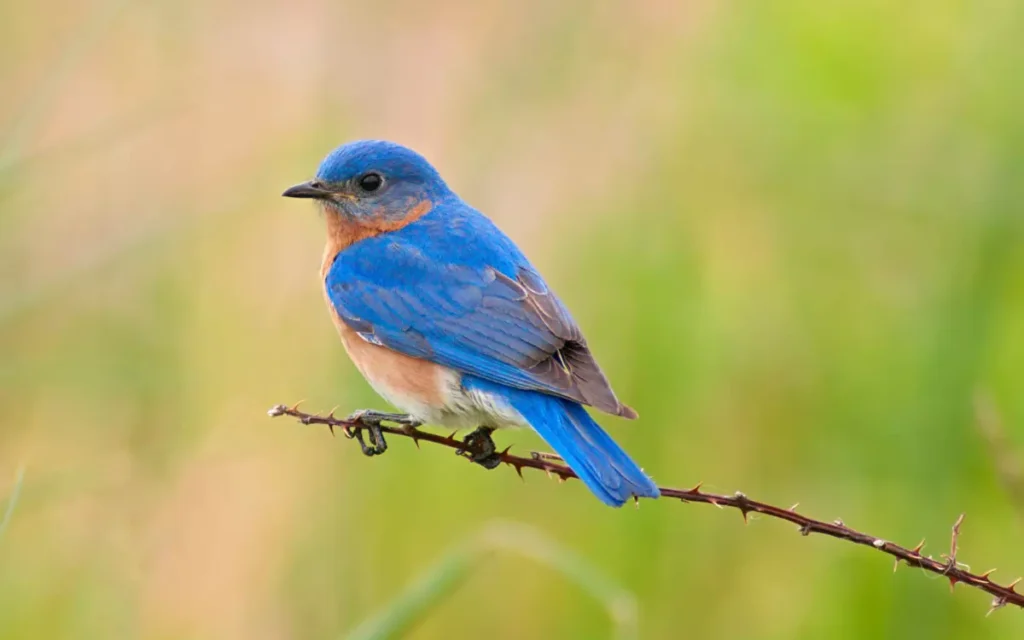
The Eastern Bluebird is a small but striking bird with a bright blue back and a warm orange chest. They prefer open fields, pastures, and meadows, and often use nest boxes provided by birdwatchers. Bluebird populations declined in the past, but thanks to conservation efforts and widespread nest box programs, they are now common again in Connecticut.
Ruby-throated Hummingbird
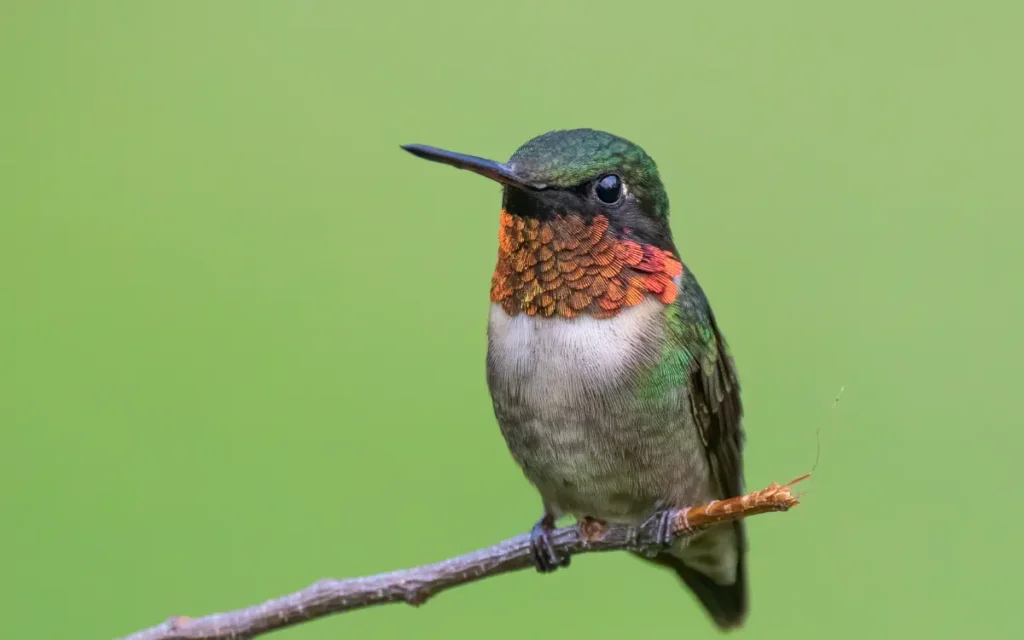
Tiny, fast, and dazzling, the Ruby-throated Hummingbird is the only hummingbird regularly found in Connecticut. Males have a brilliant ruby-red throat, while females are green-backed with white underparts. These birds arrive in late spring and stay until early fall, feeding on nectar from flowers and hummingbird feeders. Their incredible speed and hovering ability make them a favorite summer visitor.
Where to See Common Birds in Connecticut
The best part about Connecticut’s common birds is that you don’t need to travel far to see them. A simple backyard with a feeder can attract chickadees, titmice, cardinals, goldfinches, and mourning doves. Parks and neighborhoods provide excellent habitat for robins, blue jays, crows, and house finches. Wetlands and open fields are ideal for spotting red-winged blackbirds, catbirds, and bluebirds. In summer, setting up a hummingbird feeder is a sure way to welcome ruby-throated hummingbirds.
Comparison Table: Most Common Birds in Connecticut
| Bird | Key Feature | Season | Habitat |
| American Robin | Orange chest, cheerful song | Year-round | Lawns, gardens, fields |
| Black-capped Chickadee | Small, black cap and bib | Year-round | Backyards, woods |
| Northern Cardinal | Bright red males, whistled song | Year-round | Suburbs, forests |
| American Goldfinch | Bright yellow in summer | Year-round | Fields, feeders |
| Red-winged Blackbird | Black with red/yellow shoulder patch | Spring–Fall | Wetlands, marshes |
FAQs
What is the most common bird in Connecticut overall?
The American Robin is considered the most common and widespread bird in Connecticut. It is also the official state bird.
Which birds are most often seen at feeders?
Chickadees, titmice, cardinals, goldfinches, and house finches are frequent feeder visitors throughout the year.
Are there small common birds in Connecticut?
Yes. Chickadees, titmice, goldfinches, and house finches are small but widespread across the state.
Do migratory birds add to Connecticut’s common species?
Yes. Red-winged Blackbirds, Gray Catbirds, Eastern Bluebirds, and Ruby-throated Hummingbirds are very common in spring and summer.
Which bird sings the loudest in Connecticut?
Northern Cardinals and Carolina Wrens are among the loudest common songbirds, with strong, clear songs that carry across neighborhoods.
Final Thoughts
From the bright orange chest of a robin to the flash of yellow from a goldfinch, Connecticut’s most common birds are part of everyday life. Some visit our feeders, others nest in our fields and forests, and a few arrive only during the warmer months. Together, they make birdwatching in the state rewarding for everyone, whether you’re an experienced birder or just starting to notice the songs outside your window.






